In 2017, in the rarefied, balmy climes of RM Sotheby’s Monterey auction, some brave soul coughed up around £5 million for the sole Aston Martin DB4 GT prototype.
Even production examples are said to be worth about £3m, which makes the ‘continuation’ DB4 GTs currently being built by Aston Martin Works seem great value at around £1.5m a pop.
But three lots before that Aston went under the hammer in California, a rare surviving example of the world’s tiniest car also made an enormous impact. The humble, charming and frankly ridiculous Peel P50–all 54 inches of it– fetched just over £105,000. Not bad for a single-seat, single-cylinder three-wheeler with an original list price of £199.
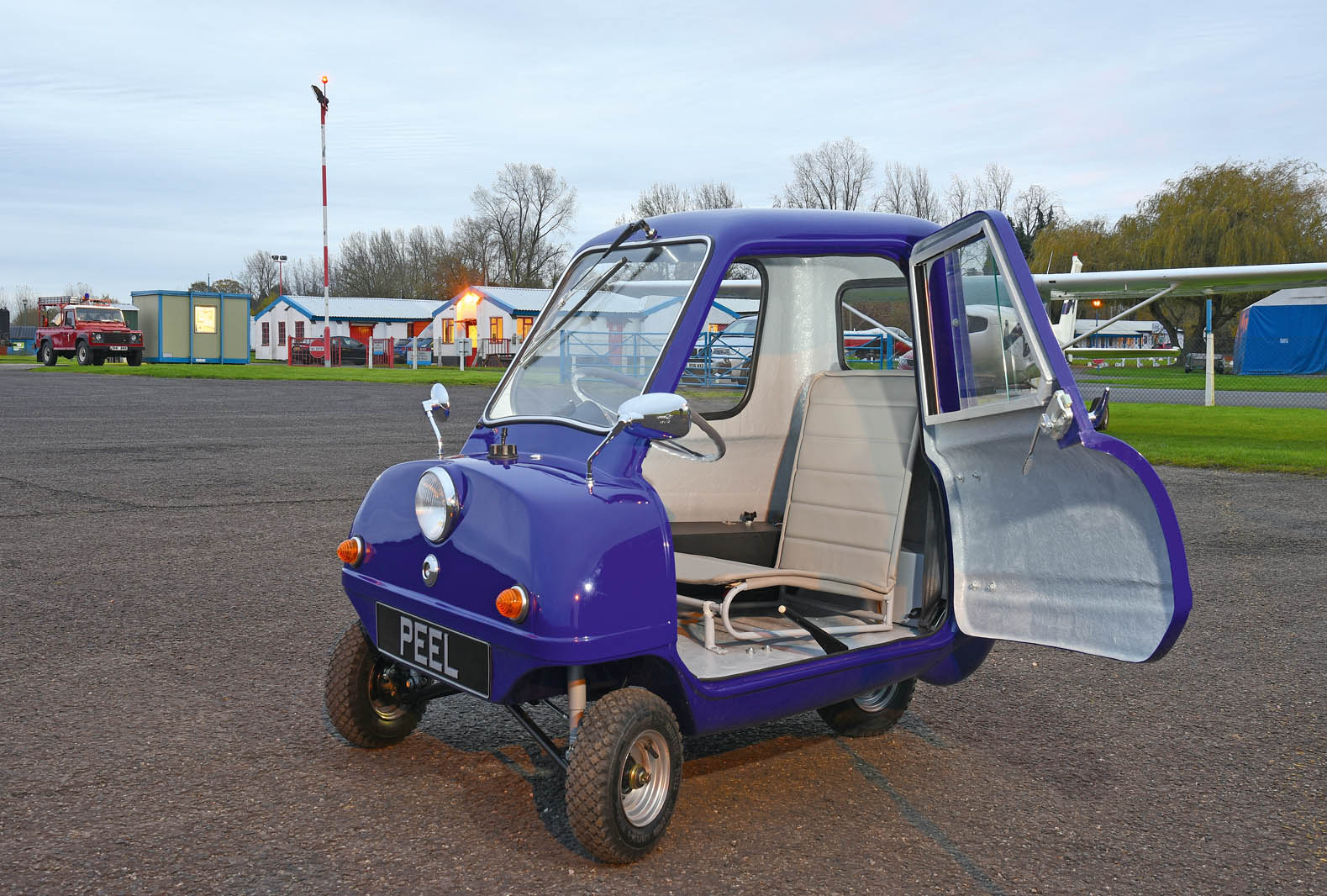
In fact, P50s have sold for more than £130,000. And unlike Johnny- come-latelies Aston Martin and Jaguar (with its continuation Lightweight E-Type and XKSS), London-based Peel Engineering has been producing recreation P50s since 2011. Starting at £13,679 – one- tenth of what an original might cost now – the ‘new’ P50 is arguably the raging bargain of the burgeoning continuation industry.
Such a class-leading car mustn’t escape the Autocar treatment but, before we drive one, a bit of history. From its harbourside base in the town of Peel on the Isle of Man, the Peel Engineering Company wasa GRP (glass-reinforced plastic) specialist producing boats and motorcycle fairings designed for the likes of Nortons and BMWs. Dreamed up by the company’s founder, Cyril Cannell, the P50 was designed as a 40mph city car for one person (plus shopping), and was unveiled at the 1962 Earl’s Court Motor Show with one wheel at the front and two at the rear.
The layout was soon switched, and with a 49cc two-stroke Zweirad Union/DKW engine driving the rear wheel via a three-speed manual gearbox, the production model was launched in 1963. Marketed as providing car comfort for moped costs, approximately 50 were built before production ceased two years later; only around half are still thought to exist. Frustrated by rising values of them, Peel enthusiast Gary Hillmansecured the rights to start building the cars once more under the newly formed Peel Engineering, which now sells around 15 P50s annually, plus 10 or so continuations of Peel’s two- seat bubblecar, the Trident. The traditional petrol version of the P50 is more popular in the UK and is priced at £14,879, while the car’s biggest market is the US, where the electric model (£13,679) circumvents emissions regulations.







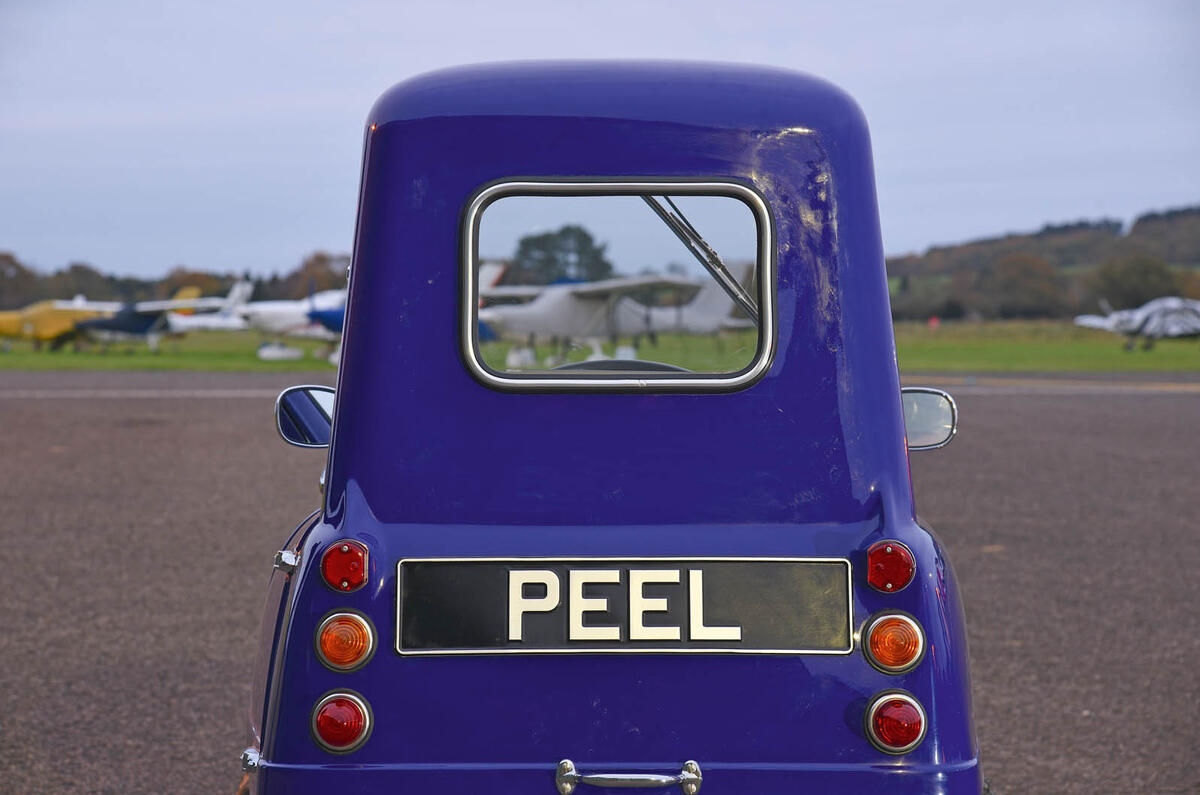








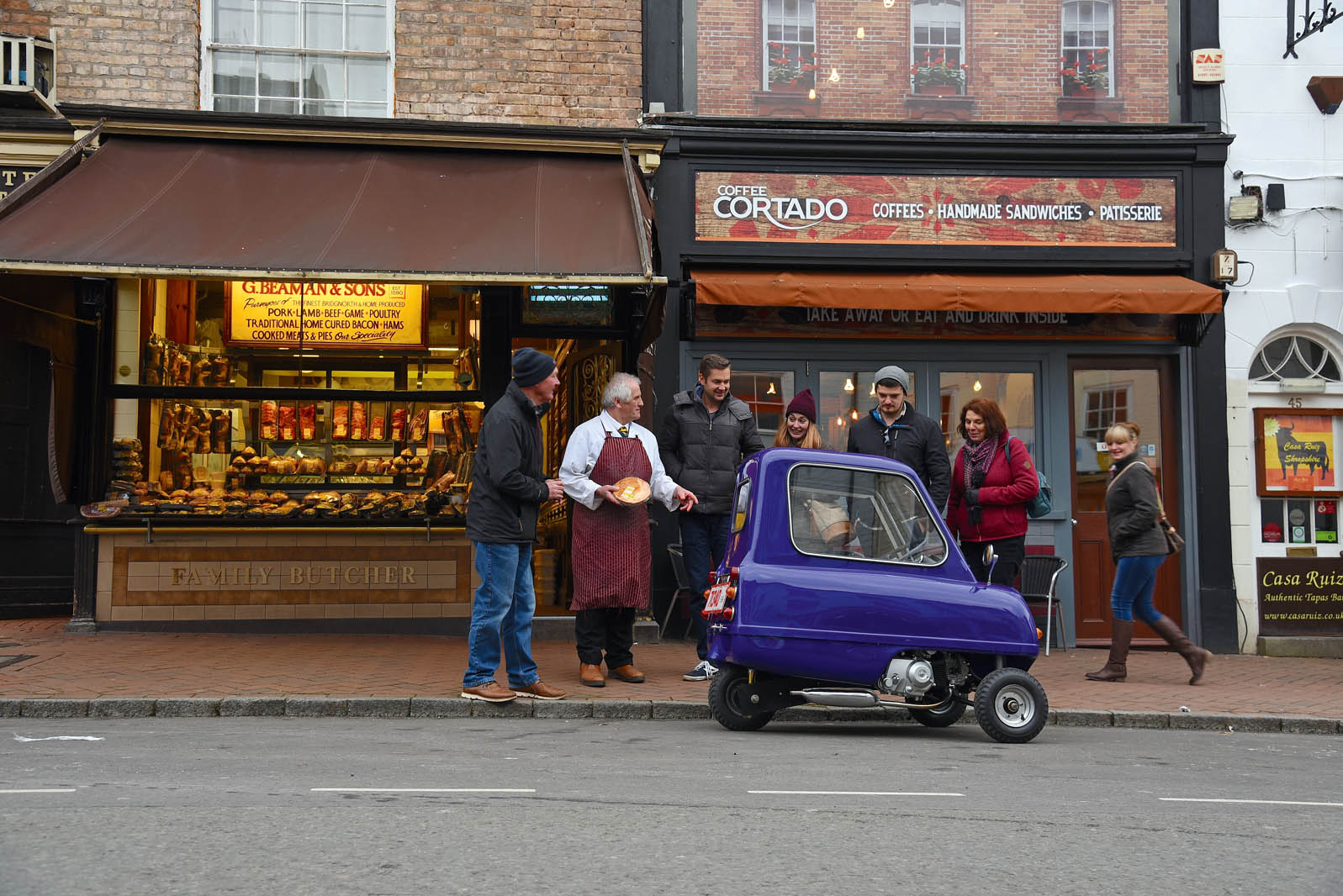

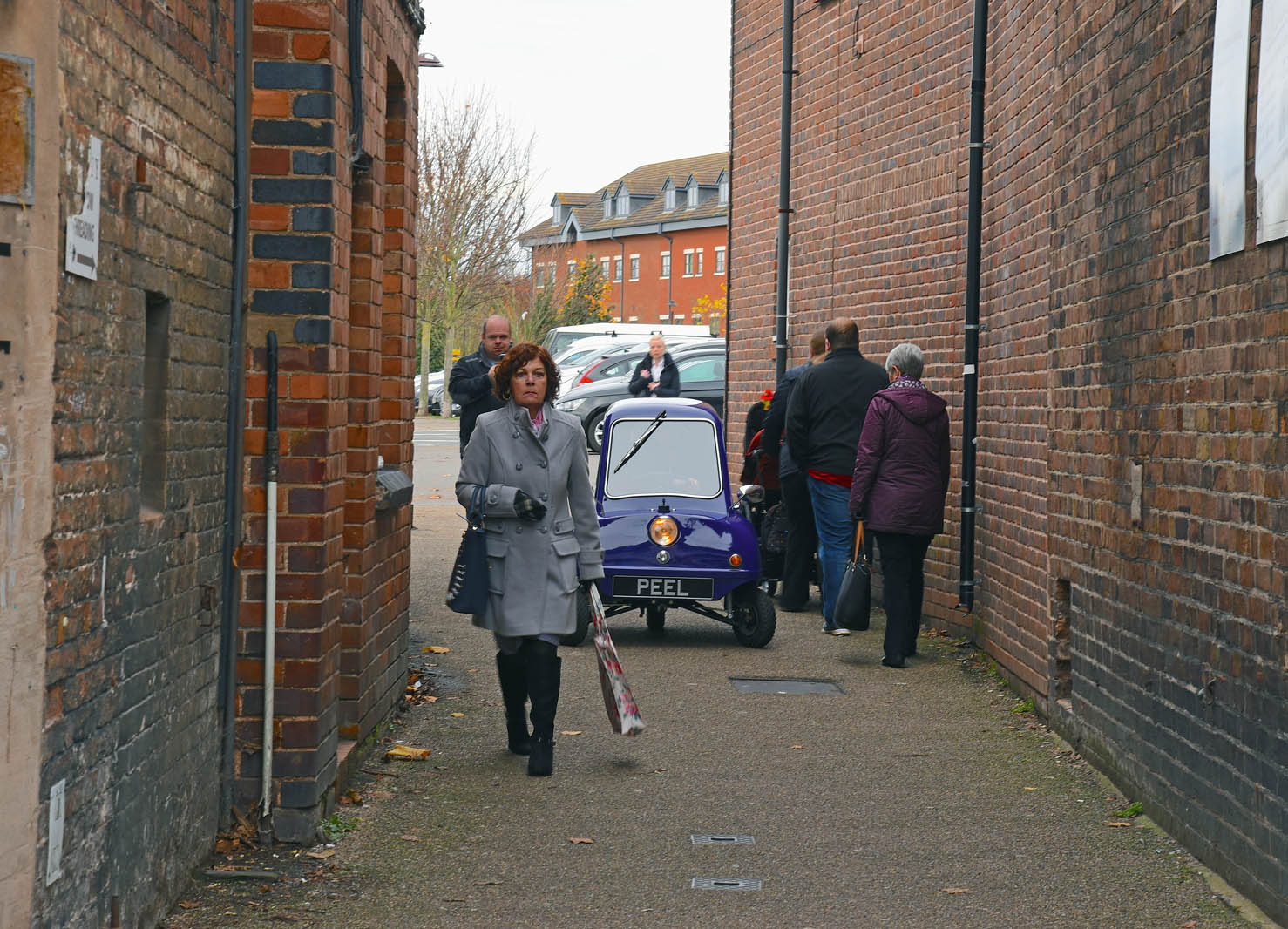
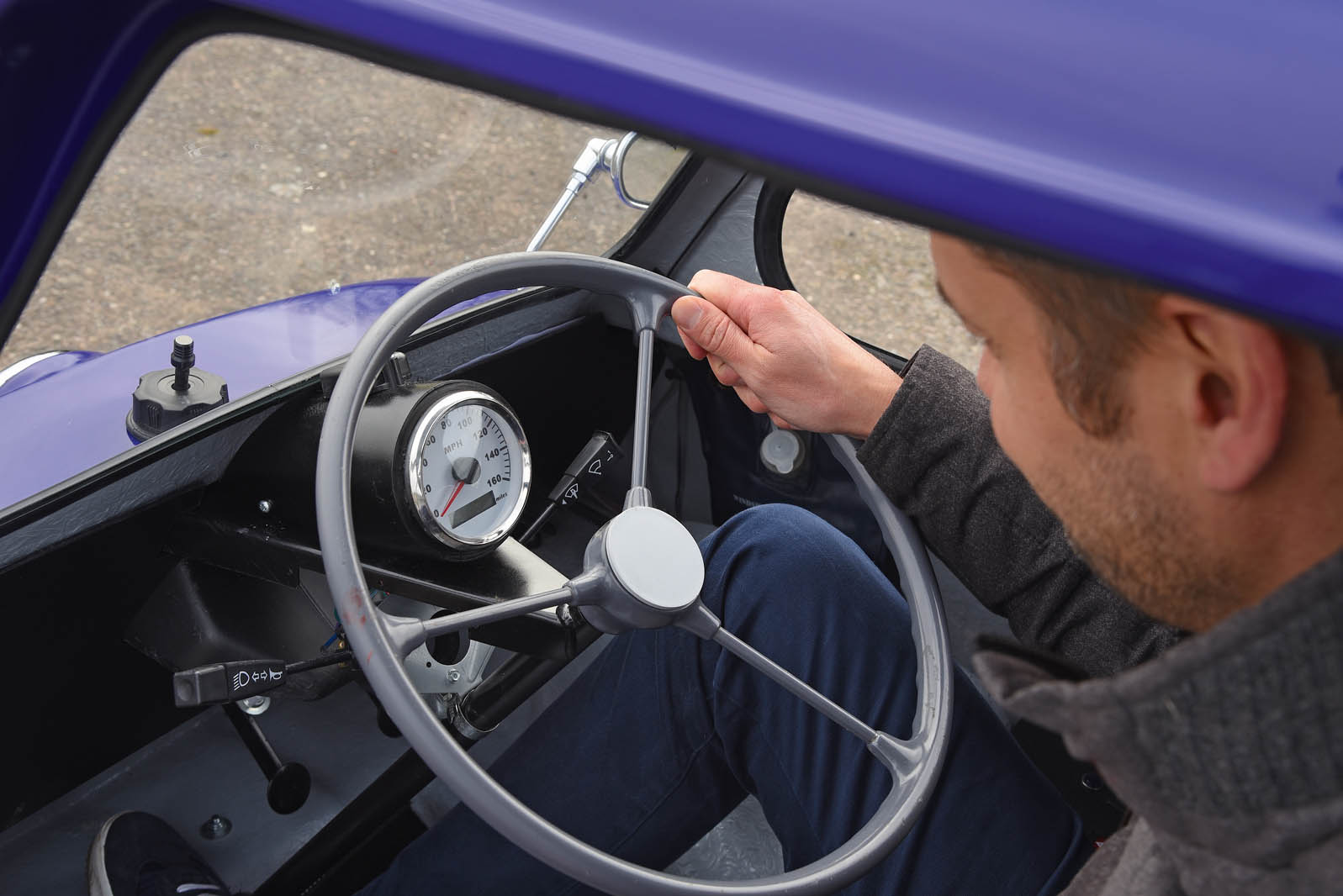


Join the debate
Add your comment
No mention of Fiona Bruce . . .
. . . did I just say that out loud?
Autocar has done well...
...to avoid any reference to the Top Gear (TV) test of an original Peel back in 2007, which I suspect may have been another significant catalyst to the introductionof this continuation P50.
Yes, I'm sure it was that
Yes, I'm sure it was that appearance on thw show which ignited all the interest in the car
This is an expensive joke
This is an expensive joke which gets old very quickly. I suppose economies of scale work in reverse also. It would be interesting to stage a competition amongst engineering students to come up with something better within the same overall dimensions. Four wheels and an electric motor, for starters.